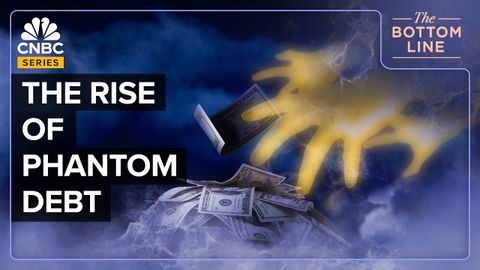幻の借金がいかにアメリカの消費者を悩ませているか (How Phantom Debt Is Haunting American Consumers)
VoiceTube が 2024 年 06 月 25 日 に投稿  この条件に一致する単語はありません
この条件に一致する単語はありませんUS /pɚˈspɛktɪv/
・
UK /pə'spektɪv/
US /ˈdʒɛnərəl/
・
UK /'dʒenrəl/
- adj.一般的な;大まかな;広範囲に適用できる;総司令官の
- n. (c.)大将
- n. (c./u.)一般大衆;一般的な研究分野
エネルギーを使用
すべての単語を解除
発音・解説・フィルター機能を解除
